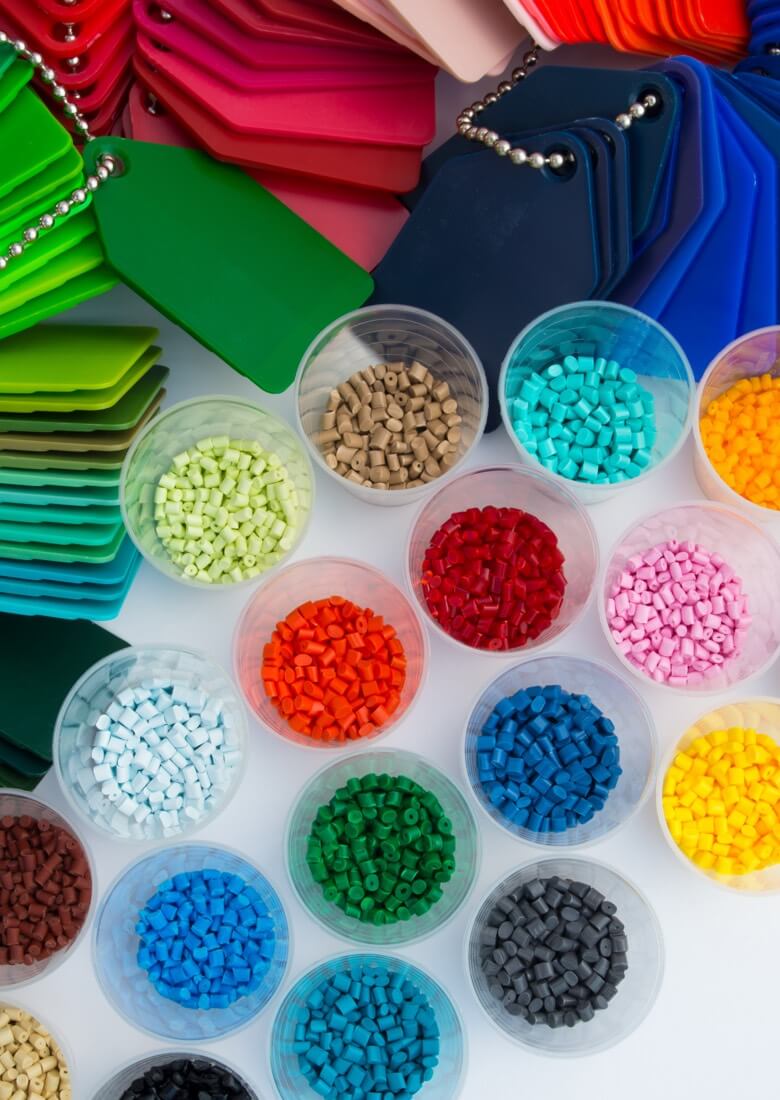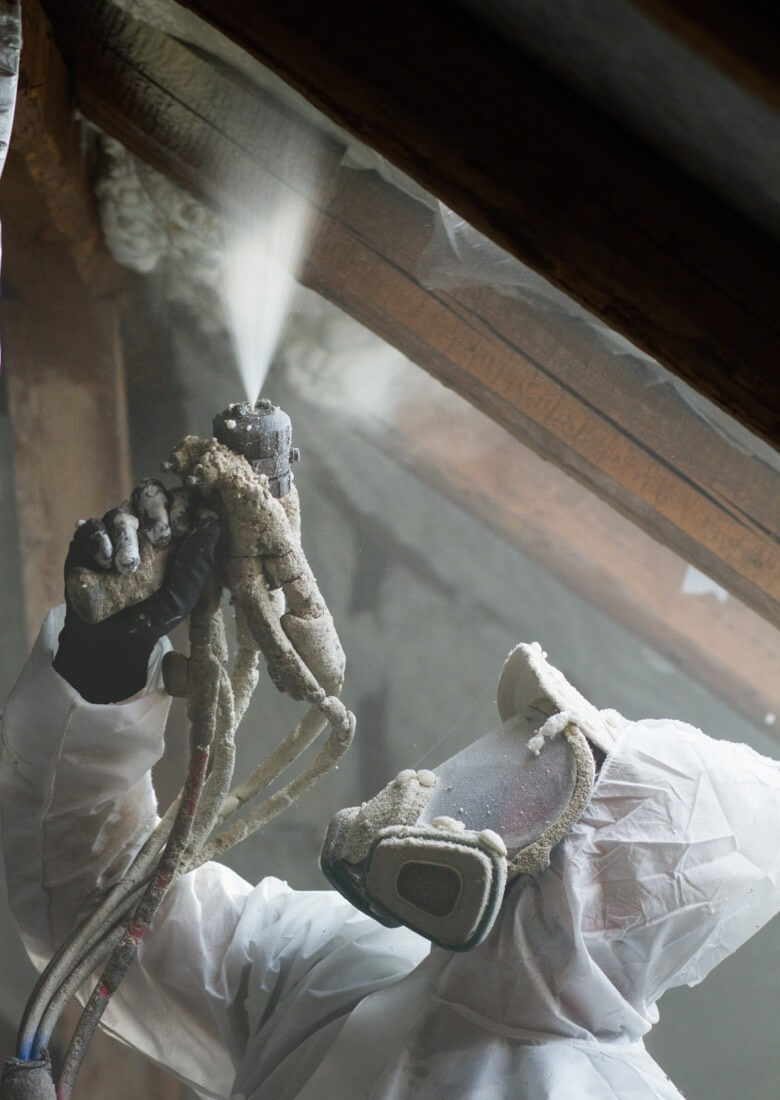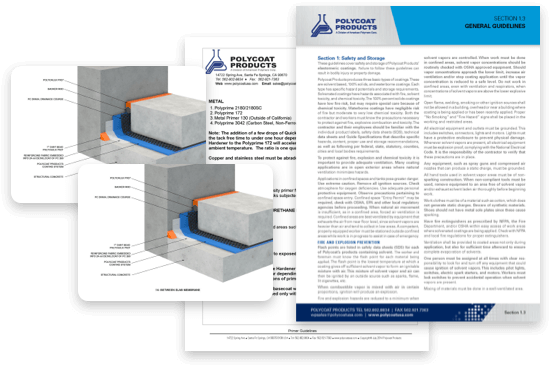Custom Solutions for Unique Chemistry and Application Needs
Polycoat Products goes beyond standard divisions to deliver specialized services for customers with unique requirements. From toll blending and private label production to raw material supply and chemistry consultation, we help companies access the right solutions even when they don’t fit neatly into a single category.
As one of the largest privately held blenders of polyurethane and related chemistries in the U.S., we combine technical expertise, flexible capacity and equipment support to ensure every project meets its goals efficiently and effectively.
Applications
- Toll Blending and Private Label
- Raw Material Supply
- Chemistry Consultation
- Application and Equipment Support
Toll Blending and Private Label
Polycoat Products offers toll blending and private label manufacturing for customers who need reliable, large-scale production. With decades of blending expertise and strict quality standards, we help brands bring products to market efficiently.
Common Applications
- Custom polyurethane and specialty blends
- Private label solutions for select markets
- Scalable production with quality assurance

Raw Material Supply
As one of the largest privately held polyurethane blenders in the U.S., Polycoat leverages vertical integration to supply raw materials directly to customers. This ensures consistent quality, dependable availability and cost-effective sourcing.
Common Applications
- Polyester-based fillers and additives
- Polyurethane raw material components
- Bulk supply for manufacturers

Chemistry Consultation
Our team provides chemistry and coatings consultation to help customers identify the right solution for their needs. Whether polyurethane, epoxy or other systems, we guide companies through performance options and cost considerations.
Common Applications
- Cross-chemistry expertise for diverse markets
- Guidance on performance vs. cost tradeoffs
- Recommendations beyond Polycoat’s own portfolio

Application and Equipment Support
Polycoat’s Custom Solutions division connects chemistry with process expertise. From spray equipment to robotics, we help customers achieve consistent results by aligning material performance with application technology.
Common Applications
- Spray equipment consultation and setup
- Robotic integration for higher efficiency
- Troubleshooting to reduce failures and waste

Resources
Watch Videos, Download Specs, Guides and More
Explore technical resources, case studies and product data to see how Polycoat’s Custom Solutions support toll blending, raw materials, private label and specialized consultation across industries.

Contact Us
Ready to Get Started?
Connect with our team to discuss your next project and discover the right Polycoat solution for your needs.
